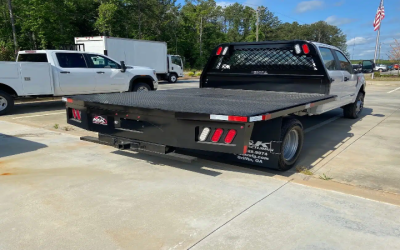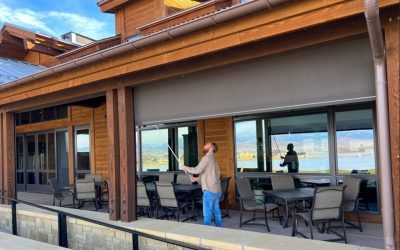A cracked heat exchanger in a heating system poses significant risks and potential hazards, warranting immediate attention. The heat exchanger is a critical component in furnaces and boilers, responsible for transferring heat from the combustion process to the air or water that circulates through the building. When this part is compromised, several dangerous scenarios can unfold.
Dangerous Chemicals and Compromised Systems
Firstly, a cracked exchanger can lead to carbon monoxide (CO) leakage. Carbon monoxide is a colorless, odorless gas that is highly toxic. If CO seeps into the living spaces, it can cause severe health issues, including headaches, dizziness, nausea, and in extreme cases, death. Prolonged exposure, even at lower levels, can have serious long-term health consequences. Secondly, a compromised exchanger can affect the efficiency of the heating system. Cracks can cause the system to work harder to maintain the desired temperature, leading to increased energy consumption and higher utility bills.
Fire Risk and Lifespan
Another potential issue is the risk of fire. A cracked exchanger can cause overheating and may ignite nearby materials. This is particularly concerning in older systems that may not have modern safety features. Furthermore, a damaged heat exchanger can shorten the overall lifespan of the heating system. Continued operation with a compromised component can lead to more extensive damage, ultimately necessitating the premature replacement of the entire unit.
A cracked heat exchanger is a serious issue that can lead to carbon monoxide poisoning, decreased efficiency, increased fire risk, and reduced system longevity.
A cracked heat exchanger is a serious issue that can lead to carbon monoxide poisoning, decreased efficiency, increased fire risk, and reduced system longevity.


